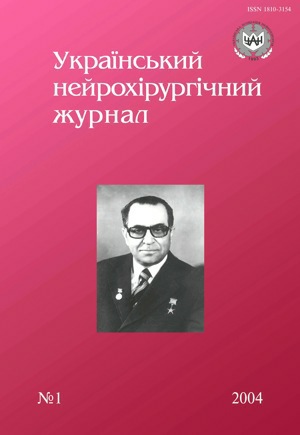Application of Traumell S in complex treatment of spastic manifestations in spinal patients
Keywords:
obsolete spinal cord injury, the spine, spastic syndrome, conservative treatmentAbstract
Spastic manifestations of chronic lesions of the spinal cord and the spine have been analyzed in 24 patients. Complex application of antihomotoxic preparation Traumell S 2,2 ml as intramuscular and endolumbar introduction including influence on biological active points resulted in generally stimulated effect that is normal sleep, good appetite, disappearance of astenodepressive syndrome. Moreover intensity of spasticity also was reduced. This effect is more expressed in patients with initial spasticity stages and in combination with endolumbar introduction of Traumell S including biological active points.
References
Барамия Н.Н., Рощин Г.Г., Минец И.И. Теоретические предпосылки и первый опыт использования антигомоксических препаратов у пострадавших с сочетанной травмой // Биологическая терапия. — 1999. — № 1. — С.11–15.
Бугрей А.А., Гарус А.А. Клинический опыт эндолюмбального введения препарата Traumell S при лечении больных с тяжелой черепно-мозговой травмой // Биологичская терапия. — 1999. — №2. — С.27–30.
Кунт Т. О применении препаратов Vertigohell и Traumell S в лечении commocio cerebri acuta // Биологичская терапия. — 1998. — №2. — С.18–20.
Левин О.Б., Мурашко В.А. Опыт применения антигомоксического препарата Traumell S в нейрореанимации // Биологическая терапия. — 1997. — № 2. — С.63.
Downloads
How to Cite
Issue
Section
License
Copyright (c) 2004 A. T. Stashkevich, Y. M. Barchina

This work is licensed under a Creative Commons Attribution 4.0 International License.
Ukrainian Neurosurgical Journal abides by the CREATIVE COMMONS copyright rights and permissions for open access journals.
Authors, who are published in this Journal, agree to the following conditions:
1. The authors reserve the right to authorship of the work and pass the first publication right of this work to the Journal under the terms of Creative Commons Attribution License, which allows others to freely distribute the published research with the obligatory reference to the authors of the original work and the first publication of the work in this Journal.
2. The authors have the right to conclude separate supplement agreements that relate to non-exclusive work distribution in the form of which it has been published by the Journal (for example, to upload the work to the online storage of the Journal or publish it as part of a monograph), provided that the reference to the first publication of the work in this Journal is included.









